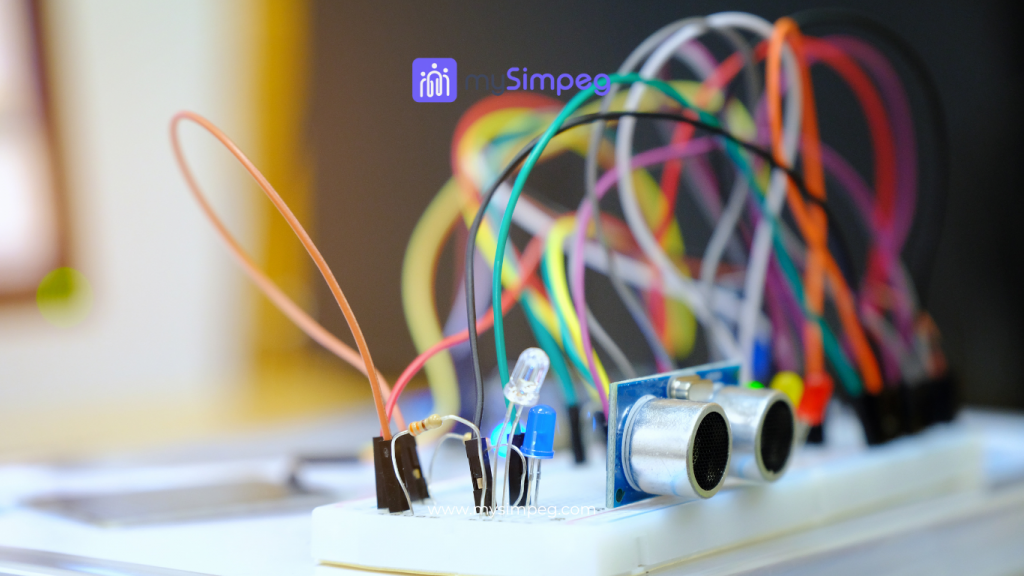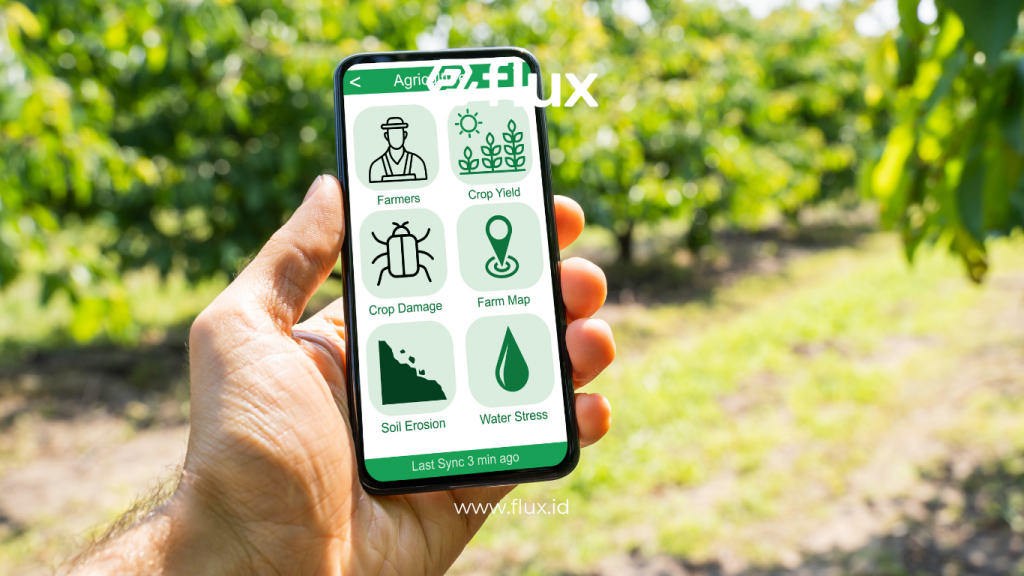Don't miss our holiday offer - 20% OFF!
Air quality in cities is a critical concern for creating a healthy and comfortable environment. Oxygen (O2) sensors play a vital role in monitoring air quality and managing pollution in urban areas. This article will explain how oxygen sensors work for air quality, explore the technology behind them, and discuss their benefits and applications in urban air quality management.
Contents
What Is an Oxygen (O2) Sensor?

Read More: Unveiling How Oxygen (O2) Sensors Monitor Urban Air Quality: Technology and Applications
An oxygen (O2) sensor is a device designed to measure the concentration of oxygen in the air. Since oxygen is essential for life, fluctuations in its concentration can impact air quality and human health. These sensors are employed across various applications, from industrial settings to environmental monitoring, to ensure that oxygen levels remain within safe limits.
Key Functions of Oxygen Sensors
Measuring Oxygen Levels
Oxygen sensors measure the concentration of oxygen in the air. Low oxygen levels often indicate pollution or other environmental issues. Consequently, monitoring these levels is crucial for maintaining good air quality.
Detecting Pollution
In addition to measuring oxygen levels, these sensors help identify pollutants such as carbon monoxide (CO) and nitrogen dioxide (NO2), which can deteriorate air quality. Early detection allows for prompt actions to mitigate pollution impacts.
Technology Behind Oxygen Sensors

Oxygen sensors operate based on two primary principles: electrochemical and optical. Each principle involves distinct technologies and applications.
Electrochemical Sensor Principle
Electrochemical sensors utilize a chemical reaction between oxygen and electrodes to generate an electrical signal. This reaction produces an electrical current proportional to the oxygen concentration in the air. These sensors are noted for their high accuracy and sensitivity. Key advantages include:
- High Accuracy: Electrochemical sensors deliver very precise readings.
- Stable Performance: These sensors function effectively in various environmental conditions.
Optical Sensor Principle
Conversely, optical sensors use light to measure oxygen concentration. Techniques such as fluorescence or light absorption are commonly employed. These sensors offer rapid readings and are adaptable to different conditions. Their benefits include:
- Rapid Readings: Optical sensors provide nearly instantaneous results.
- Flexible Usage: Suitable for a variety of applications and conditions.
Main Components of Oxygen Sensors
Oxygen sensors consist of several essential components:
- Electrodes: In electrochemical sensors, electrodes facilitate the chemical reaction and produce an electrical signal.
- Sensor Cell: The location where the chemical reaction or optical process occurs.
- Processing Circuit: Converts the sensor’s signals into understandable data.
Applications of Oxygen Sensors in Urban Air Quality Management

Read More: Improving Urban Air Quality with IoT Sensors: Technology and Benefits in Pollution Monitoring.
Oxygen sensors play a significant role in managing urban air quality. Here’s how they are utilized:
Monitoring Air Quality
Oxygen sensors continuously monitor air quality by measuring oxygen concentration and other gases. The data obtained helps authorities identify areas with poor air quality and take necessary actions. This information is vital for:
- Identifying Problems: Data helps locate pollution sources and affected areas.
- Implementing Solutions: Information guides the development of strategies to improve air quality.
Detecting and Controlling Pollution
Oxygen sensors also detect pollutants like carbon monoxide (CO) and nitrogen dioxide (NO2) that can degrade air quality. With this information, control measures can be applied to reduce pollution. Effective strategies include:
- Placing Sensors in Key Locations: Sensors are installed in high-risk areas for pollution.
- Formulating Policies: Data supports the creation of more effective pollution control policies.
Early Warning Systems
Oxygen sensors can be integrated with early warning systems to alert the public and authorities about declining air quality that might pose health risks. These systems provide real-time information, enabling swift responses. Features include:
- Real-Time Alerts: Provides up-to-date information on air quality.
- Health Notifications: Informs the public about potential health risks.
Research and Development
Data from oxygen sensors is used in research to understand pollution patterns and their effects on health. This information is crucial for developing effective pollution control policies and strategies. Research applications include:
- Analyzing Pollution: Studying pollution patterns and sources.
- Developing Policies: Creating policies based on current data.
Benefits of Using Oxygen Sensors for Urban Air Quality

Read More: Improving Urban Air Quality with IoT Sensors: Technology and Benefits in Pollution Monitoring.
Using oxygen sensors for managing urban air quality offers several advantages:
Enhancing Public Health
By monitoring oxygen levels and air quality, oxygen sensors help reduce the risk of respiratory illnesses and other health issues. Accurate data allows for better preventive measures.
- Preventing Diseases: Reduces health risks associated with air pollution.
- Improving Air Quality: Enhances public health through better air management.
Improving Environmental Management
Oxygen sensors aid in environmental management by providing essential data to control and reduce air pollution. This contributes to creating cleaner and healthier urban environments.
- Controlling Pollution: Enables more effective pollution management.
- Creating Cleaner Environments: Supports the development of healthier urban settings.
Efficient Decision-Making
Data from oxygen sensors provides a solid foundation for making decisions related to environmental policies and urban planning. This ensures that decisions are based on accurate and current information.
- Environmental Policies: Helps in developing effective policies based on sensor data.
- Urban Planning: Assists in planning air quality management strategies.
Raising Public Awareness
Utilizing oxygen sensors can increase public awareness about air quality and pollution. Accessible information helps people understand the importance of maintaining good air quality and encourages participation in pollution reduction efforts.
- Educating the Public: Enhances understanding of the importance of air quality.
- Encouraging Participation: Promotes community involvement in reducing pollution.
Conclusion
Oxygen (O2) sensors play a crucial role in monitoring and managing urban air quality. Through advanced technology, these sensors provide accurate data on oxygen concentration and air pollution, supporting environmental management and protecting public health. The application of oxygen sensors in air quality monitoring not only offers direct health benefits but also contributes to the development of effective environmental policies. Leveraging this technology is a significant step toward creating cleaner and healthier cities for the future.





